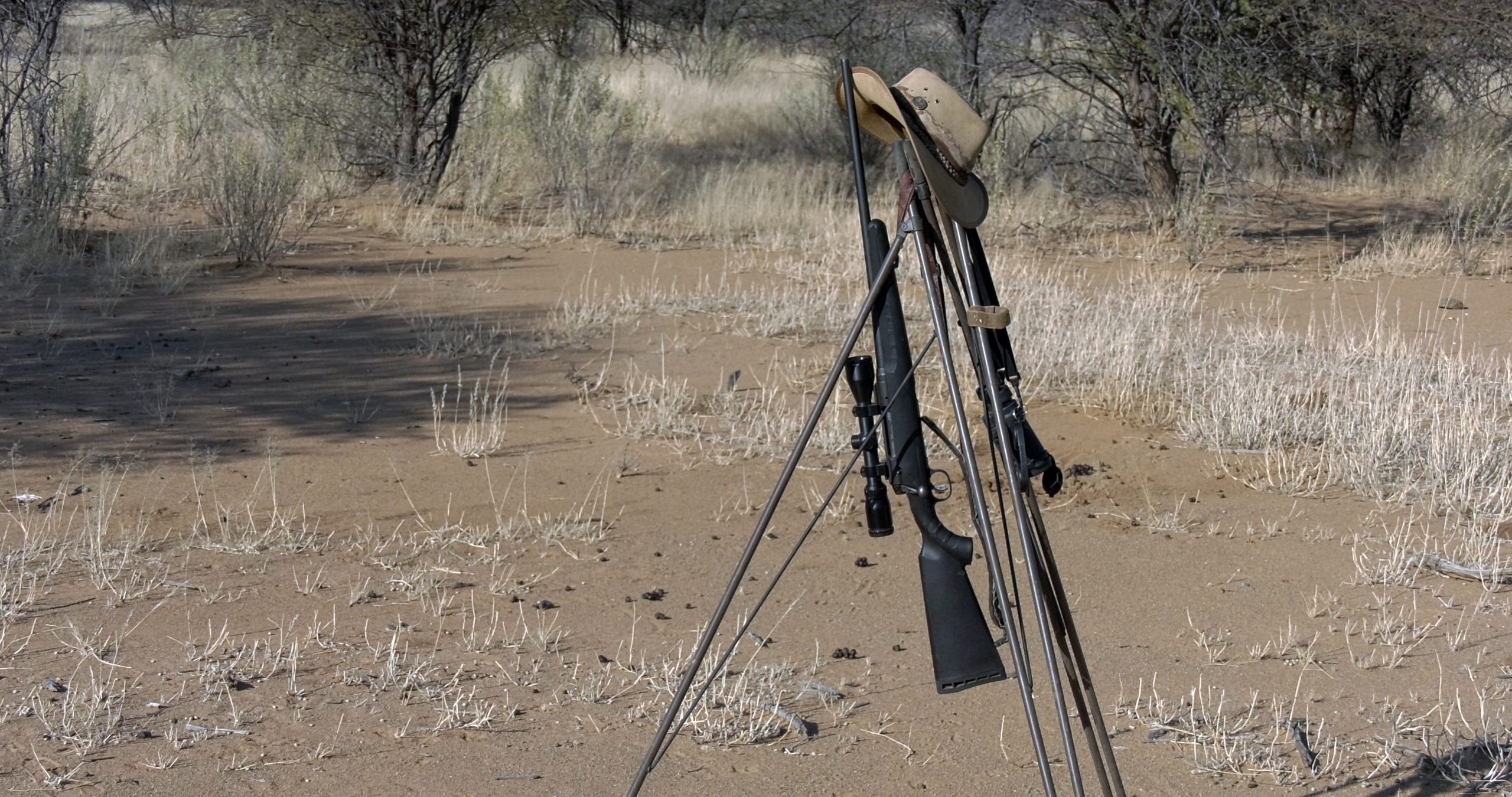Uncontrolled land transformation is the biggest threat to Africa’s wildlife when wildlife is stripped of its value.
Once the land is converted for crops and livestock, biodiversity is lost and can no longer support game animals.
It is impossible to move people out to try and reclaim lost wilderness.
Tanzania provides an excellent example of how quickly this transformation can happen.
In 2015 the U.S. Fish and Wildlife Service placed the African lion on the endangered species list.
This listing has made the importation of lion trophies extremely difficult.
At that time, the country had over 200 000 sq. km. of wilderness set aside for hunting concessions.
Lions generate the highest revenue per hunt of any species in Africa except for rhino, and most visiting hunters are U.S. citizens.
The operators across the whole of Africa lost most of their lion hunting clients and the irreplaceable income.
In 2016 hunting companies returned 44 concessions to the Tanzanian wildlife department, 60 700 sq. km of wilderness which equates to 3 Kruger National parks.
Many of these areas have been lost forever to subsistence agriculture.
Covid-19 has further exasperated things as companies go out of business, and even more concessions are handed back to the government.


